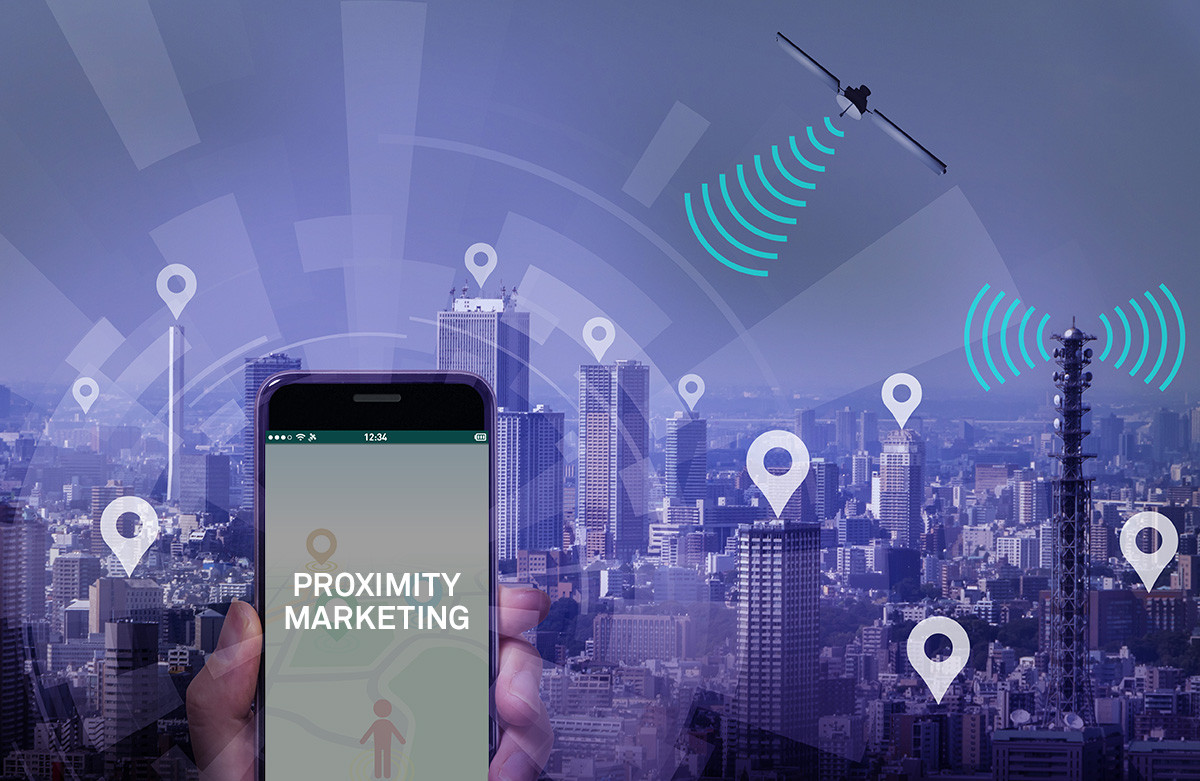
It is a marketing strategy that targets customers in specific locations using technologies such as Bluetooth, Wi-Fi, or geolocation signals (GPS). This strategy aims to communicate with customers and send relevant offers or advertisements when they are near a specific commercial location, such as a store or restaurant.
Characteristics:
1. Specific geographic targeting: Customers are targeted based on their geographic location at a specific moment.
2. Use of technology: It relies on technologies such as Bluetooth, Wi-Fi, and NFC (Near Field Communication).
3. Instant interaction: It allows the possibility of sending offers and advertisements in real time when customers are in a specific area.
4. Personalization: Messages can be personalized based on the customer's current location and interests.
Benefits:
1. Increase engagement rates: It allows the possibility of reaching customers at the moment they are ready to make purchasing decisions.
2. Improve customer experience: It provides customers with personalized information and offers based on their current location.
3. Increase sales: It can lead to increased sales by providing offers at the right time and in the right place.
4. Measure campaign effectiveness: Allows accurate measurement of campaign impact based on location and time.
Advantages:
1. Target audience: Allows customers to be targeted more precisely based on their location.
2. Instant marketing: Provides an opportunity to engage with customers instantly when they enter a specific area.
3. Cost savings: Can be less expensive than broad marketing campaigns, given its focus on a specific audience.
4. Boost loyalty: By offering customers special offers based on their location, which enhances brand loyalty.
Cons:
1. Privacy: May raise privacy concerns for customers if data is not handled appropriately.
2. Requirement of technology: Requires customers to turn on Bluetooth or Wi-Fi on their devices to receive messages.
3. Location dependence: The success of proximity marketing is highly location dependent, which may limit its impact in less crowded places.
4. Saturation: Customers may feel overwhelmed if too many messages or offers are sent.
Examples of modern Arab companies that use proximity marketing:
1. Carrefour: uses proximity marketing by sending customized offers and discounts to customers when they enter one of its branches.
2. McDonald's Middle East: It has conducted experiments in some branches by sending special offers via Bluetooth to customers in the vicinity of restaurants.
3. Major shopping malls in Dubai: Some shopping malls such as Dubai Mall use proximity marketing techniques to direct visitors to stores or offer special discounts.
Proximity marketing is an effective strategy to communicate with customers at the right time and place through geolocation technologies. This type of marketing is characterized by its ability to improve the customer experience and increase sales through personalized and immediate offers. However, privacy issues must be dealt with carefully, and messages must not be repeated in a way that annoys customers. Arab companies that use proximity marketing benefit from the ability to target customers more accurately, which helps in enhancing loyalty and increasing revenues.

01/09/2024

26/08/2024

26/08/2024

20/08/2024

28/08/2024
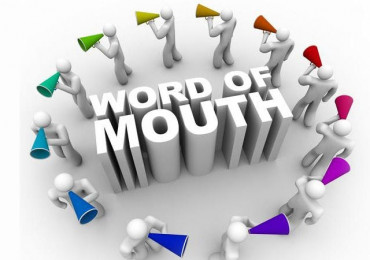
20/08/2024
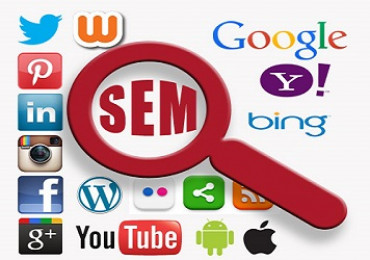
18/08/2024

14/08/2024

20/08/2024

18/08/2024

31/08/2024
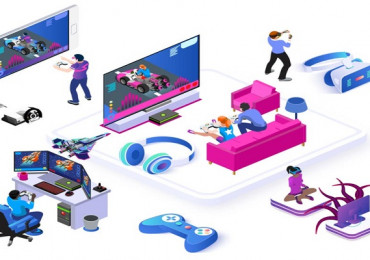
22/08/2024
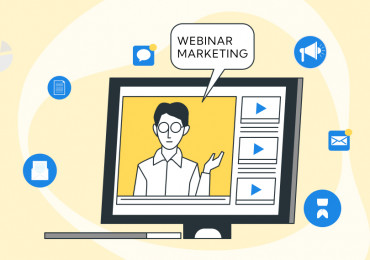
25/08/2024

15/08/2024

01/09/2024

26/08/2024
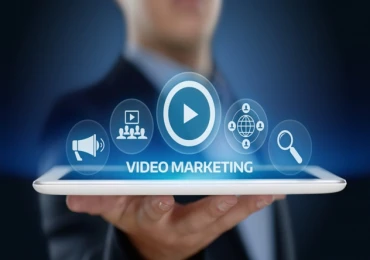
17/08/2024
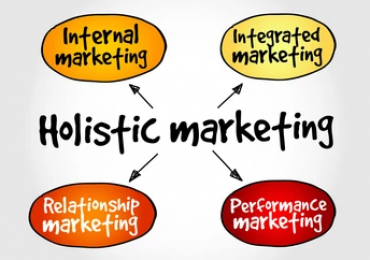
18/08/2024

26/08/2024
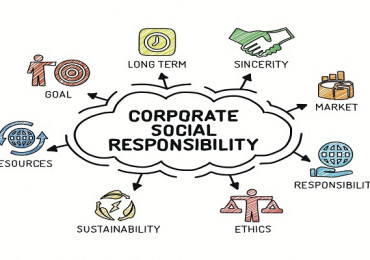
30/08/2024